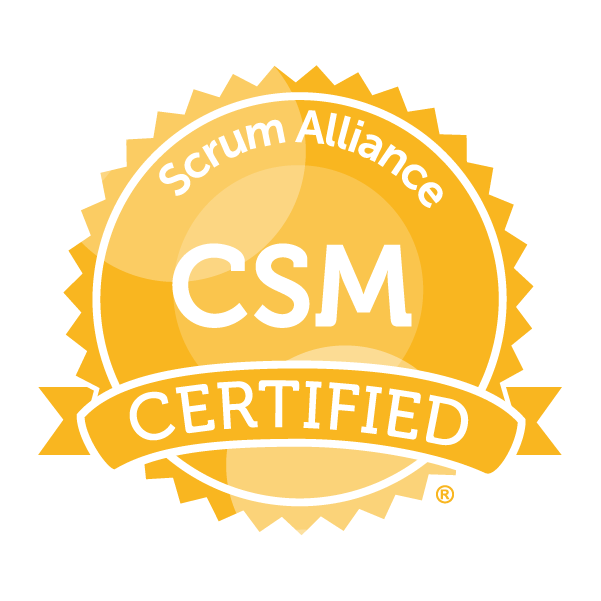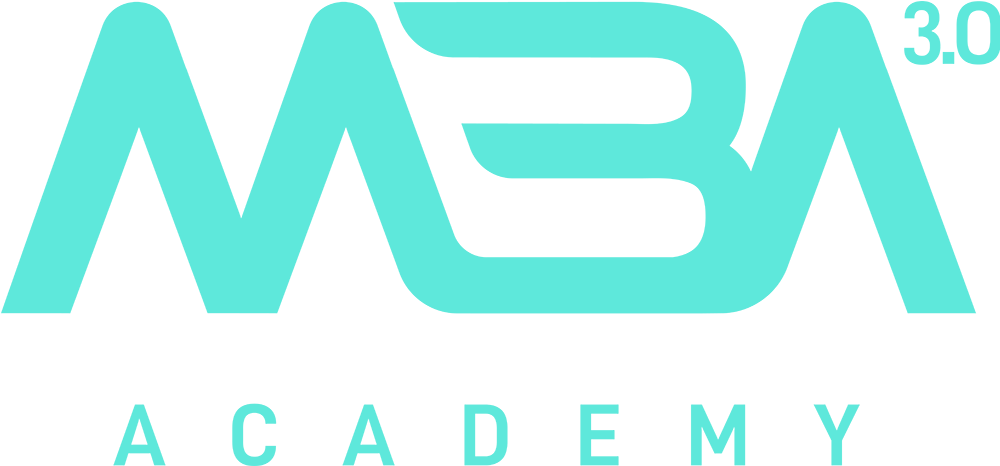Certified ScrumMaster® (CSM)
Learn Scrum by using Scrum. This two-day interactive workshop is run using Scrum and you also get to experience Scrum through a fun simulation.
Write your awesome label here.
Learning Objectives
The Scrum Team
- Scrum Team responsibilities and accountabilities
- Scrum Master responsibilities and accountabilities
- Developers' responsibilities and accountabilities
- Product Owner responsibilities and accountabilities
- Product Owner is a single person, not a committee.
- Product Owner authority over the Product Backlog and working collaboratively with Developers and stakeholders.
Events and Activities
- How inspect and adapt can increase transparency at each of the Scrum events.
- Perform a Sprint Planning.
- Perform a Sprint Review.
- Perform a Sprint Retrospective.
- Effects of skipping the Sprint Retrospective.
- Developers' Daily Scrum.
- Daily Scrum vs. status meetings.
- Premature Sprint termination.
- Advantages of a strong Definition of Done.
- Creating a Definition of Done.
Core Competencies
- Situations in which the Scrum Master can serve the needs of the Scrum Team or organization through facilitation.
- Techniques for facilitating group decision making.
- Differences between facilitating, teaching, mentoring, and coaching.
Service-Leadership
- Scrum Master as a team leader.
- Impact of technical debt.
- Development practices for a high-quality Increment and lower technical debt each Sprint.
- Supporting the Product Owner.
- Organizational impediments.
- Assisting with impediments.
- Resolving an impediment.
- Organizational design changes caused by adopting Scrum.
- Why Scrum does not have a project manager.
Key Concept
Is Certified ScrumMaster® the Right Course For Me?
Become a Certified Scrum Master® by attending this well-crafted and engaging workshop taught by a seasoned trainer. This course isn’t just for Scrum Masters and benefits anyone in your organization who needs a solid foundation in Scrum and Agile or seeks to understand how Scrum and Agile can transform the way you work.
This includes:
- Leaders at all levels, from C-Suite to 1st line Management
- Engineers, Analysts, Testers, Design, & Ops
- Program & Project Managers
- Marketing, HR, Legal, Support, or any function in your business solving hard problems
- You?
It’s also a great refresher if you’ve been practicing Scrum for a while and want to come up-to-date on any improvements to Scrum.
Using the latest tools, the workshop is designed to keep you engaged and provide a high-quality, remote learning experience.
The workshop incorporates Agile and Scrum values, principles, and practices throughout to reinforce the learning. Using real-world examples plus theory, you will receive a thorough grounding in how Scrum works and practical applications to take back to work.
ScrumMaster® Learning Path
Scrum Alliance Certified Training

-
CSM Credential
Upon course completion you gain a two-year Scrum Alliance Membership and become eligible for the Certified Scrum Master® exam, required to complete the Scrum Alliance certification process.Activate your Scrum Alliance® certification account and pass your CSM test by correctly answering 37 out of the 50 questions within the 60-minute time limit. -
Pre-Requisites
All experience levels are welcome! No previous Scrum training or experience is required.
